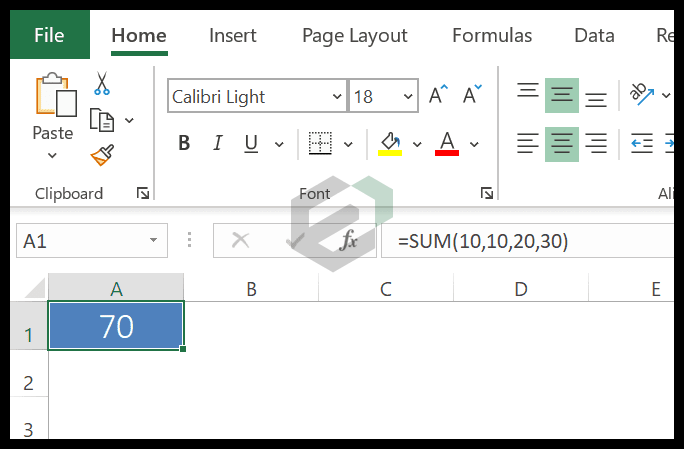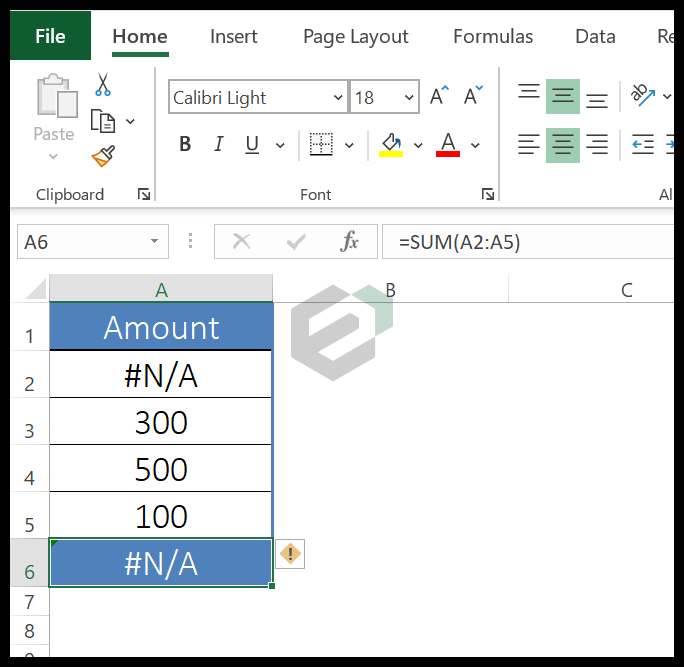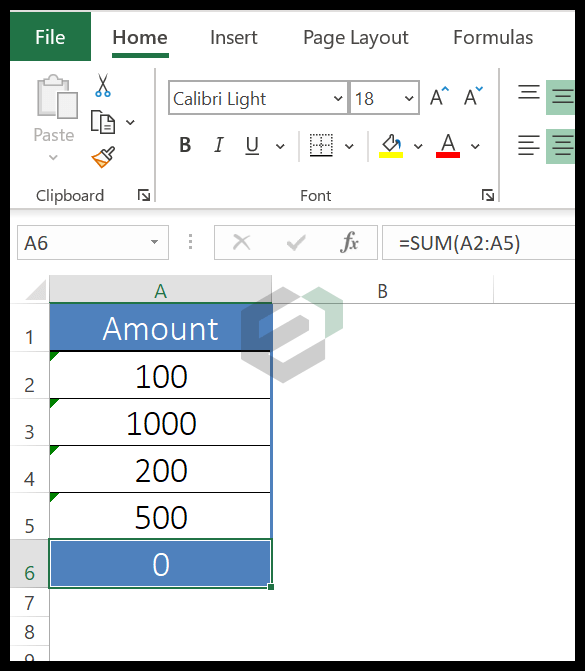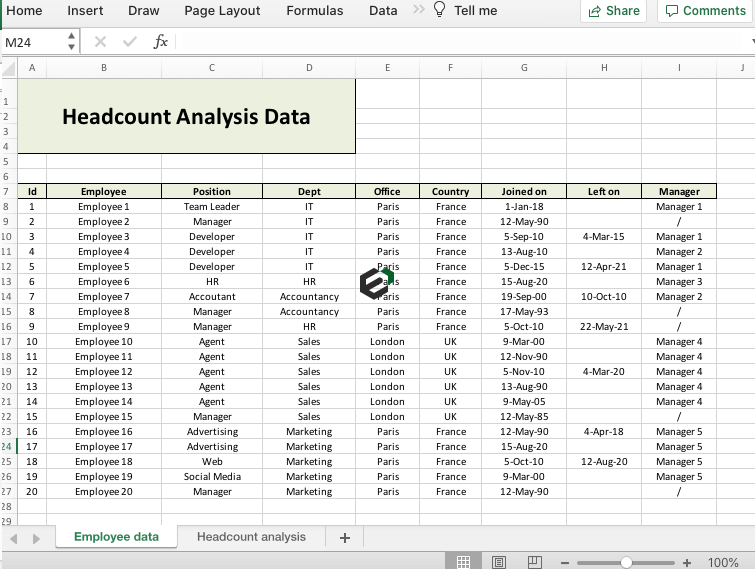Introduction to SUM Function
SUM function returns the sum of the values supplied. In simple words, with the SUM function, you can calculate the sum of a list of values (you can directly input value into the function or refer to a range of cells. It is probably one of the famous formula in Excel. Sum is widely used by almost any user in Excel.
Download Sample file
Download Sample file for working with the tutorial.
Syntax of SUM Function
SUM(number1,[number2],…)
Arguments in SUM Function
- number1: A number, a range of cells that contain numbers or a single cell that contains a number.
- [number2]: A number, a range of cells that contain numbers or a single cell that contains a number.
Notes
- It ignores text values.
Tutorial of SUM Function in MS Excel
In the below example, you can insert numbers directly into the function by using commas between them.

You can also simply refer to a range for calculating the sum of the numbers and if there is a text, logical value or empty cell it will ignore them.

If there is an error value in a cell which you are referring to, it will return #N/A in the result.

If you have numeric values that are formatted as the text it will ignore them. It’s recommended to convert them into numbers before using SUM.

Other Math Function in Microsoft Excel
Explore other math function in Microsoft excel. The list of all the math function available for everyday use is given below –



